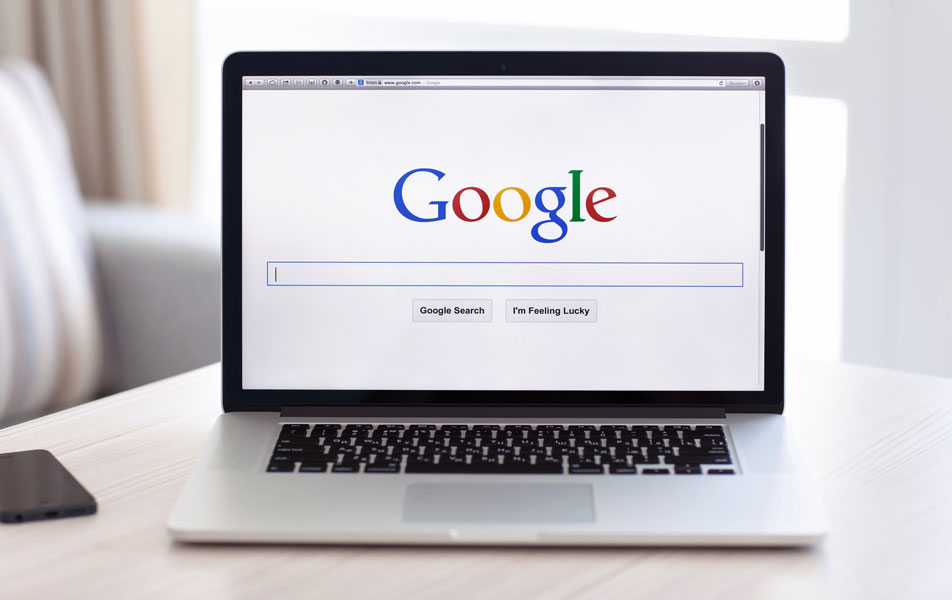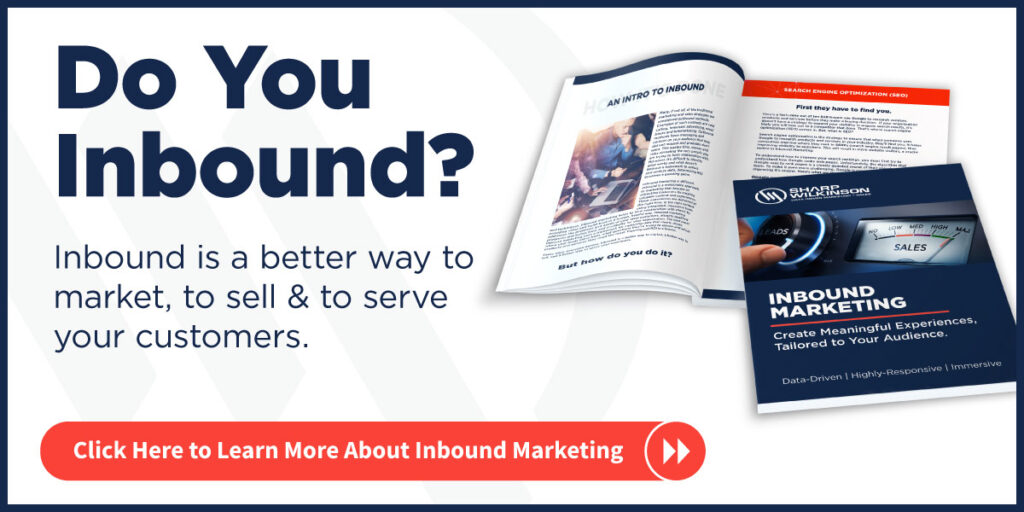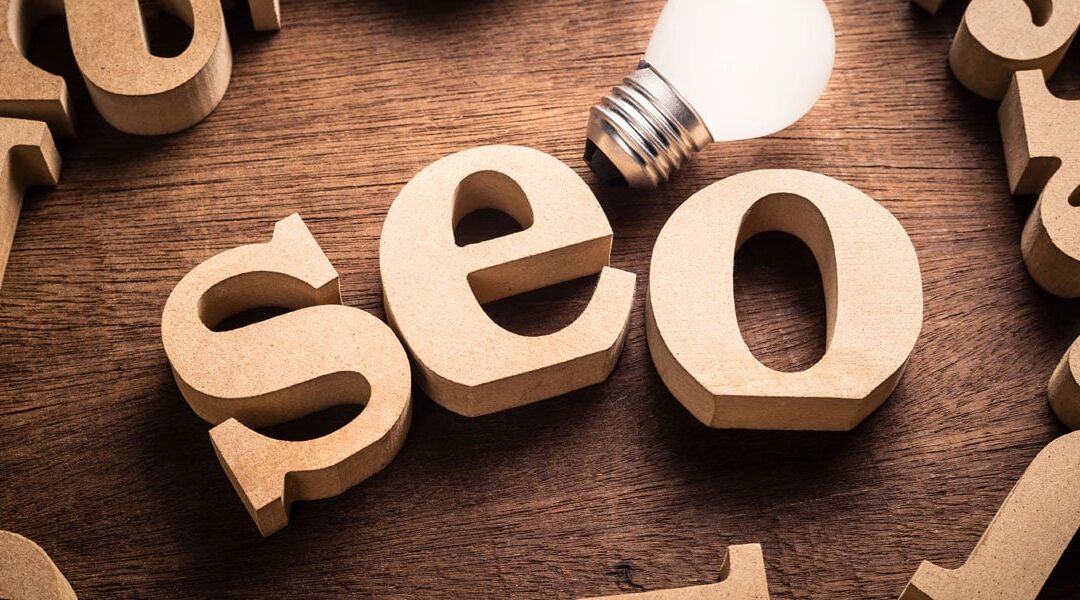These days, when buyers begin the process of making a purchase, they tend to start with the same first step: a Google search. Even if they aren’t sure what product or service they may be looking for, they will seek to educate themselves by going online and researching the topic. In fact, Google found that 90% of B2B prospects conduct online searches to research future business purchases. It’s easy to see why having a presence in industry-related Google searches is so important for today’s businesses. But how do you get your business to rank in those searches? And how can you continually improve in those rankings? The answer: SEO.
How Important is a Website for Business Growth?
Download this Infographic.
If you’re new to SEO, it stands for search engine optimization. SEO is the strategy to ensure that when someone uses Google to research products and services in your industry, they’ll find you. It is a key element to any Inbound Marketing strategy and a crucial tool for giving your business a competitive advantage. For the purposes of this article, we are going to define two types of SEO: on-page SEO and off-page SEO.
On-Page SEO
On-Page SEO deals with the elements of your website that search engines analyze to determine where you should rank in Search Engine Result Pages (SERPs). Examples of these elements include website navigation, URLs, headers, and content. It’s important to note that when a search engine crawls a page, it only sees text. Any elements that don’t have text attached to them in some way are invisible to search engines. Therefore, a lot of on-page SEO deals directly with making website elements accessible to search engines.
On-page elements to check and adjust may include:
- Page Titles – the page title should include the keyword you’d like the page to rank for.
- URLs – the web address should also include the target keyword.
- H1 Tags – there should only be one: it should be at the top of the page and should feature the target keyword.
- Metadata – these are used by search engines in search listings; they should be clear and accurate.
- Alt Tags – since crawlers can’t see images, every image should have an alt tag that describes it—using the target keyword in the alt tag is optimal.
In addition to these elements, optimizing the content on the page is critical. The word to keep in mind here is quality. Search engines are trying to match relevant pages to the intent of the search query. By focusing on what makes your content meaningful and unique, you can solve for the user, not the search engine.
Here are some methods for improving page content for SEO:
- Link to relevant, helpful sources that support your content. These should be a mix of external webpages, as well as other webpages from your site.
- Use video and engaging graphics on your pages. It will increase the time users spend on your page and search engines will interpret this as a sign of quality.
- Cover your topic comprehensively. The average first page search result on Google contains almost 1,500 words. Longer content ranks better because, when done correctly, it contains more valuable information for users.
- Use variations and synonyms for your target keywords throughout the copy. This will help search engines to put your page in accurate context.
 A lot of on-page SEO deals directly with making website elements accessible to search engines.
A lot of on-page SEO deals directly with making website elements accessible to search engines.
Off-Page SEO
Off-page SEO primarily deals with establishing inbound links to your site. Inbound links or “backlinks” are links from other websites to yours. These links drive traffic to your website and identify you as an authority in your industry. Search engines look favorably on backlinks. To paint a clearer picture, a page with 50 relevant links from credible sites will outrank a page with 25 relevant links from credible sites. Again, the word here is quality. You want to build inbound links that are contextually relevant to your site’s content, and you want those links to come from websites that are trusted and credible. Increasing the quantity and quality of inbound links to your site isn’t easy, but the results are worth it!
Some proven (and sustainable) ways to do it are:
- Leverage existing relationships – request links from suppliers, happy customers, or associations you’re a part of.
- Write blogs for other sites – guest blogging is a great way to grow your brand and create inbound links.
- Focus on creating high-quality content – at the end of the day, content is king; if your focus is on creating valuable, helpful content people will be inclined to share it, and your inbound links will grow naturally over time.
SEO isn’t easy. And SEO isn’t a quick fix to your marketing problems. It can be time-consuming and require a great deal of effort. But it’s important, because it will help people looking for your products and services to find you when they need help. By making SEO part of your overall marketing and sales strategy, you can attract, engage, and delight your future customers—resulting in increased brand awareness, thought leadership, and, ultimately, revenue.





